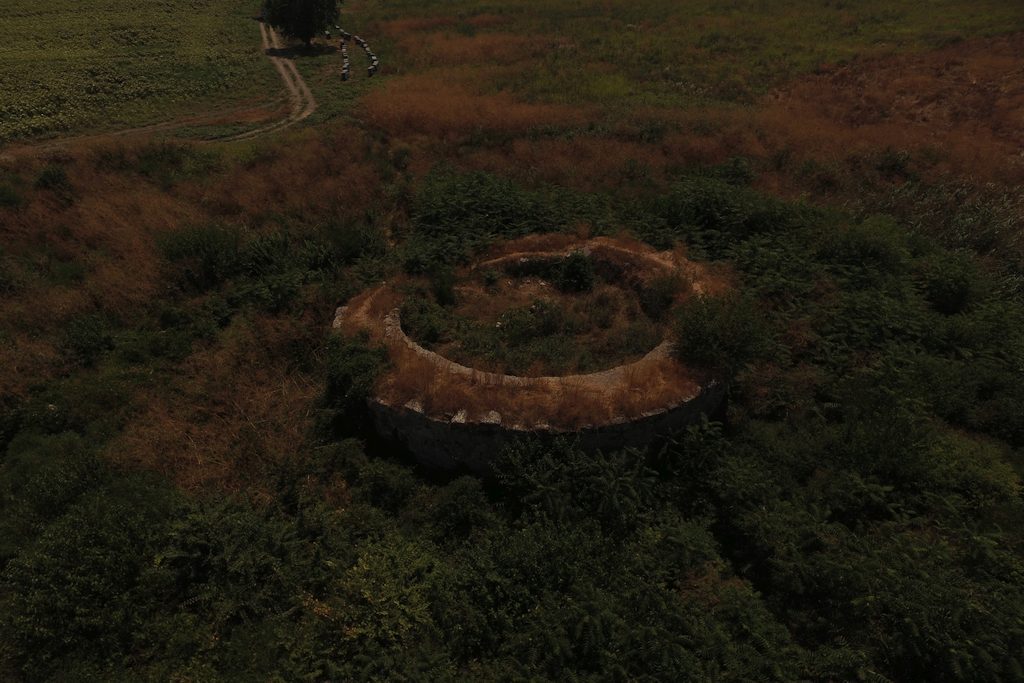

The history of the fortress dates to the Roman era, from emperor Traian’s time. To Turris, important fortress in the battles with the Turkish people, we also tie Constantin cel Mare’s name as well as that of Mircea cel Bătrân. Legends say that under the fortress a tunnel would lie connecting it to the other bank of the Danube.
The diggings done at the medieval fortress in Turnu Măgurele revelaed several tombs which archeologists dated to the Roman times. Here was where a bread over was also found and many remains of some workshops where they made war materials. The pieces of weapons and shields discovered here complete the hipothesis that the fortress dates to Roman emperor Traian’s time. The location on the left bank of the Danube was preferred by other emperors. Historians confirm the fact that on the ruins of the Roman camp, there was another fortress raised here in the 4th century, in Constantin cel Mare’s time. The mystery of the fortress raised here by the emperor gets lots in time. What;s certain is that, according to historians, on the same spot, hundred of years away, a new fortress was raised by Mircea cel Bătrân.
During Mircea cel Bătrân’s reign (1386-1393), the Turris fortress played a major role in Wallachia’s defensive system. The location represented an important pillar of the fortress system that the king had put up as a shield against the Turkish threat south of the Danube. Historians talk about the king’s plan to put up on the Danube bank a strong chain of fortresses aimed to defend agains the Turkish people. In Teleorman, Mircea cel Bătrân wanted to fortify the system and aside from the Turnu fortress, there were two other fortresses raised, in Frumoasa and Zimnicea.
The walls of the construction from Mircea cel Bătrân’s time were 4-5 m thick. The shape of the fortress was that of a hexangonal tower, built in stone mixed with brick and fortified with wooden pillars. The wall had a circular trajectory and along it there were massive small towers. The fortress had two ramparts in the corners and a third, in the center of the walls.
At the end of Mircea cel Batran’s reign, the Turnu fortress was conquered by the Turkish people, entering into Roman leadership. Later on it was turned into a Turkish settlement. It is said that the fortress was modified while it was under Turkish ruling. They added another tower in the center of the building, after the walls had been partially destroyed during a fire. Under Vlad Ţepeş’ ruling, the fortress returned to Wallachia, but for a short while. Almost half a century later, Mihai Viteazul will take it back from under Turkish ruling.
The ruins of the Turris fortress are loaded in history, but also legends. It is said that under the fortress gate there was a tunnel leading to the other side of the Danube. Legend says that through this tunnel the Romanian landowners ran from the invaders to the other side of the Danube, where they stored their fortunes. This legend is contested by historians. The archeologists who handled the Turnu fortress did not discover any evidence over the years to back up the tunnel legend.
